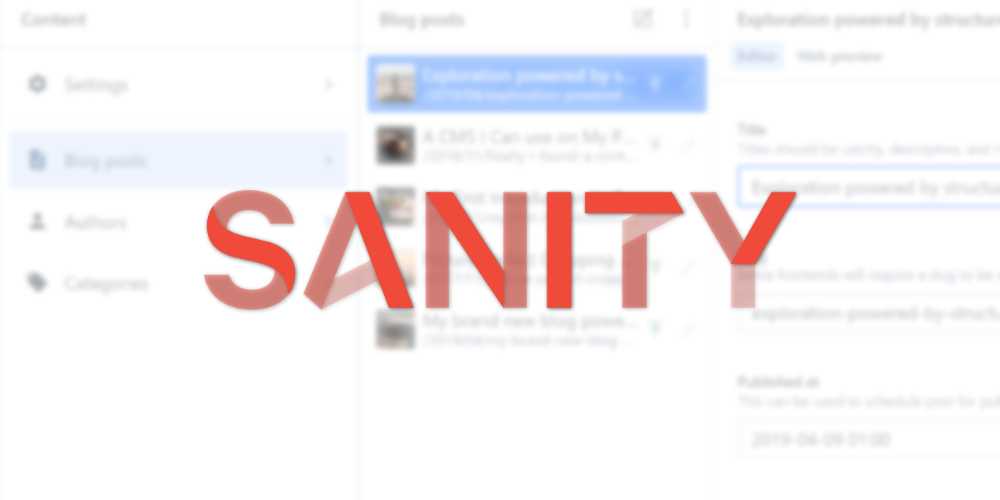5 Reasons to choose Sanity CMS for the frontend website

Sanity io consists of Sanity Studio and Sanity database. Sanity Studio is a headless CMS that connects to the Sanity database and provides structured content and API-based infrastructure. We can use Sanity.io along with a frontend framework like Gatsbyjs, or Nextjs to create a dynamic website.
Below I’ve mentioned 5 reasons of why you should choose Sanity io for your next project.
No need to manage Database
Sanity Studio differs from traditional CMSs like Wordress. The Database is fully managed by Sanity team. We need to define the structured schema for the content in the Sanity Studio and Sanity_io will do the heavy lifting at the backend.
Customize the Sanity Studio
We can create the field input in Sanity Studio by defining the schema for the content. Sanity has pre-defined styling for the schema. We can customize the styling by defining our own React components and custom previews. You can learn about customization on this page.
Really real-time collaboration
We can invite different teammates to work on the Sanity Studio on the same project. Collaboration is easy with Sanity, and editing is real-time. Each keystroke that you pressed is autosaved and when we hit the published button, the real-time data is reflected in the API. You can learn about collaboration in Sanity on this page.
API infrastructure
Sanity provides API infrastructure that we can use to fetch data from the Sanity Server. In Sanity.io, we can create as many projects as we want. Each project has its own unique id. Sanity uses the unique project id to create the unique API endpoint. Sanity uses the GROQ language to query the API.
Fast edge caches
Sanity offers both a CDN and an uncached API. We can use the uncached API to retrieve the fresh data from the Sanity Server although the request will be slow. The CDN cached API gives you a fast response to the response that has been cached. You can learn about collaboration in Sanity on this page.
Additionally, we can make the sanity dataset public or private. If the dataset is public, it will edge cache the API request and if the project is private, it will lock your data and we’ll need a token to access the data.
If you’re interested to learn Sanity, You can check out this course. The course in details explains how we use Sanity.io along with the frontend framework (Gatsbyjs) to create a static and dynamic website.